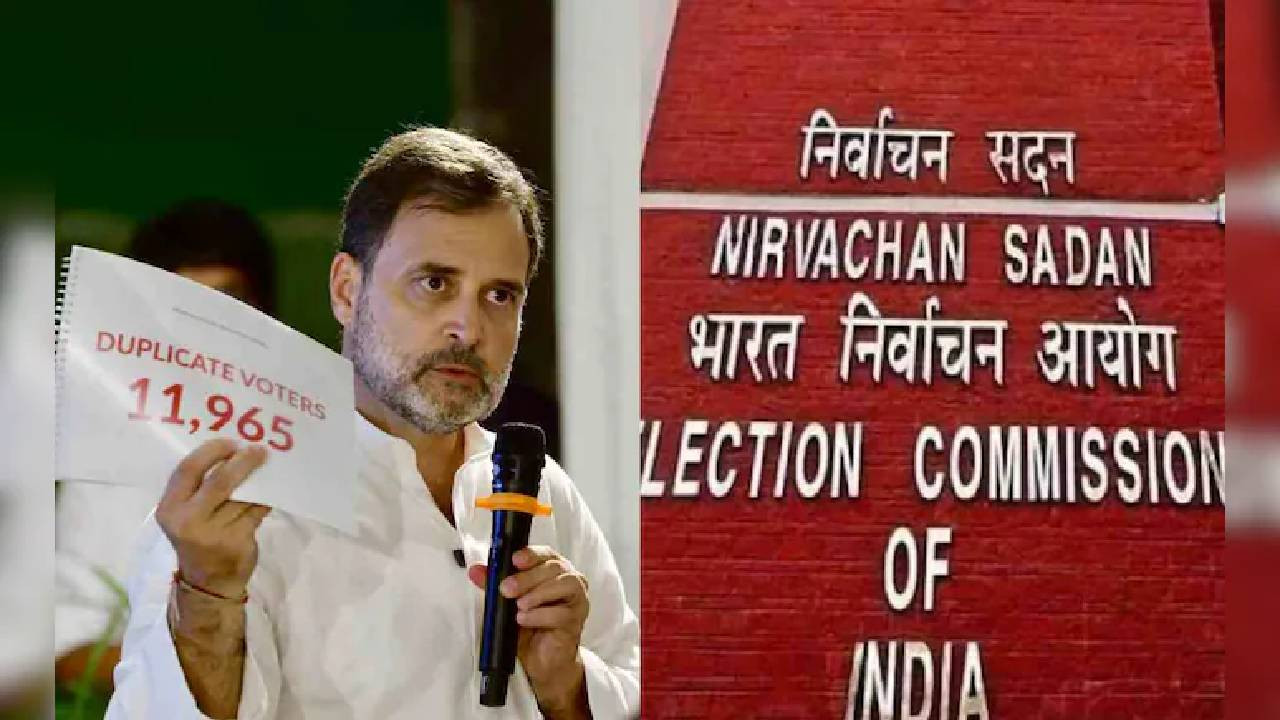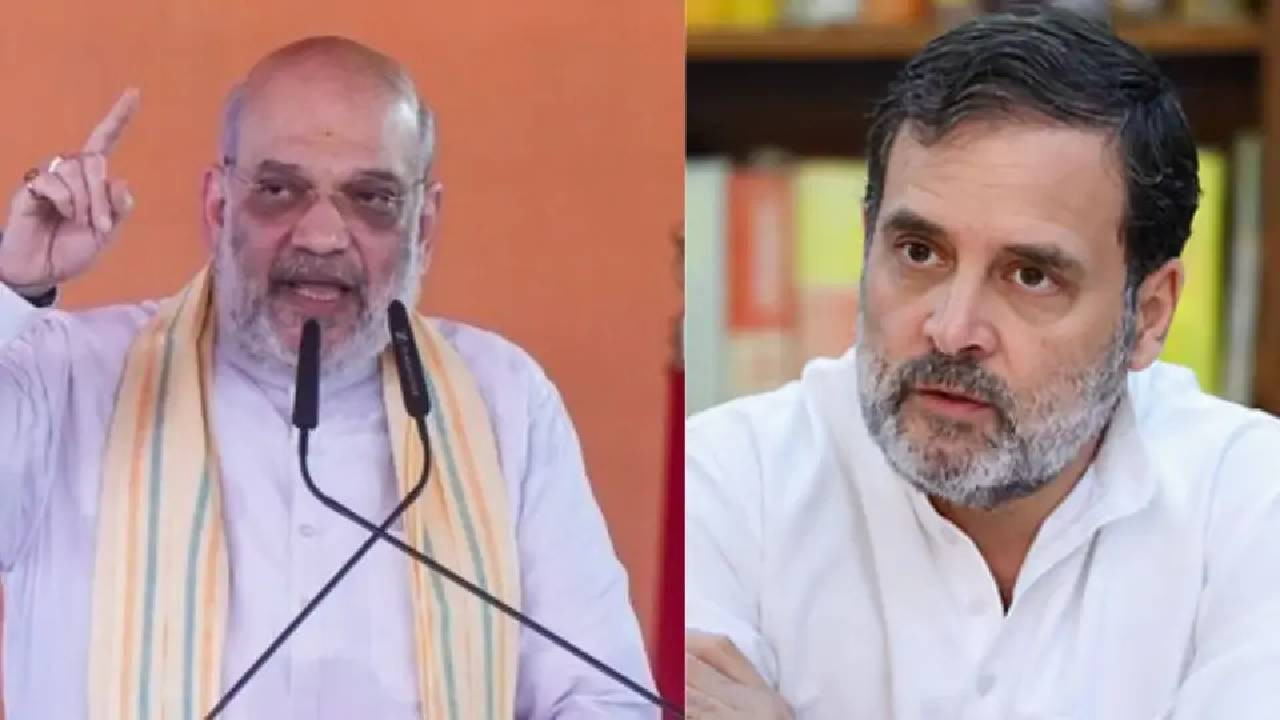India News: The government has announced a revision in interest rates for key small savings schemes, including Sukanya Samriddhi Yojana and the Public Provident Fund (PPF). This move is intended to encourage household savings and strengthen long-term investment habits among citizens. With inflation concerns and changing economic conditions, the updated rates aim to offer better returns while maintaining fiscal balance. Investors looking for secure, tax-efficient avenues are expected to benefit from these changes, especially those planning for their
children’s education or retirement.Government Announces New Rates
The Indian government recently announced revised interest rates on Sukanya Samriddhi Yojana and Public Provident Fund (PPF). These changes come amid concerns over inflation and savings appeal. Investors saving for children’s futures or retirement will now see adjusted returns. The updated rates aim to balance public savings incentives with fiscal prudence. Starting next quarter, these alterations could influence millions of small investors across the country.
Subhead: Interest Rates Revised Today
The government has set the new interest rate for Sukanya Samriddhi Yojana at 8.2 percent annually, effective July 1. This marks a modest increase from the previous 8 percent rate. Meanwhile, PPF interest has been adjusted to 7.3 percent from 7.1 percent. These figures are reviewed quarterly and aim to reflect macroeconomic trends. Savers in both schemes will receive the new rates on balances starting from the update date.
Subhead: Scheme Benefits Detailed Clearly
Sukanya Samriddhi offers tax-free returns with long-term savings for girl children under 10. PPF is a popular 15year savings instrument with tax benefits under Section 80C. The increase enhances its attractiveness amid rising living costs. Both schemes are considered safe, backed by the government. For investors, the revised rates mean marginally higher maturity sums and interest payouts.
Subhead: Small Investor Reactions Mixed
Some parents saving for their daughters cheered the Sukanya rate increase. “It’s comforting to get better returns,” shared a mother in Delhi. Conversely, some PPF investors expected a higher hike, citing inflation concerns. Financial planners note that although the increases are modest, they signal the government’s intent to support household savings. Market analysts say it may prompt a shift from low-yield bank deposits.
Subhead: Comparison With Bank Yields
Public fixed deposits currently offer 67 percent interest for senior citizens. With these revised rates, both Sukanya and PPF outshine most bank offerings. Higher returns enhance the appeal for risk-averse individuals. Experts caution that while bank liquidity remains better, government-backed schemes ensure stronger safety. Investors should assess their liquidity needs before choosing.
Subhead: LongTerm Investment Appeal
Both schemes reward long-term discipline: Sukanya matures when the girl turns 21, PPF matures after 15 years. The update increases compounded growth over time. Savers starting early can leverage higher interest for greater final corpus. Professionals recommend startearly, smallmonthly contributions for best outcomes. The revised rates reinforce the schemes’ reputations as reliable, hasslefree, taxefficient options.
Subhead: Should You Invest Today?
Experts suggest investors review portfolios, including Sukanya and PPF weightage. For parents of young daughters, Sukanya remains a top choice. Retirees eyeing PPF can gain from a safer yield. Banks still offer flexibility, but returns lag. Investors must consider lockin periods—Sukanya’s until the daughter’s adulthood, PPF’s strict tenure. Aligning investments with goals ensures optimal benefits.













